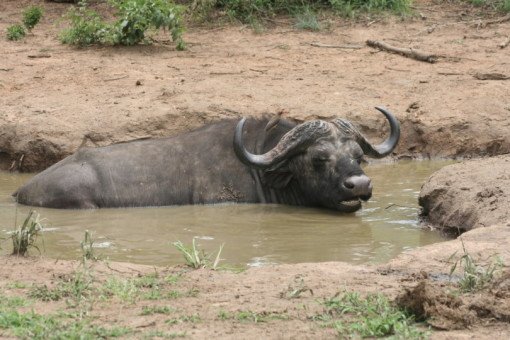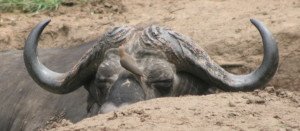Things don’t head south for Jerling as he holds his nerve to beat Van Tonder 0
BALLITO (KwaZulu-Natal) – Normally this season when Danie van Tonder has put pressure on the leader in the final round, things have headed south for the frontrunner, but on Friday it was all different as Luke Jerling held his nerve superbly to claim his maiden Sunshine Tour title as he won the SunBet Challenge hosted by Sun Sibaya at Umhlali Country Club.
Jerling fired a fantastic three-under-par 68 on Friday to finish on 13-under-par, beating Van Tonder, who closed with a 70, by four strokes in the end. But their gripping duel was much more closely fought than the final winning margin suggests, with Van Tonder, who began the day two behind, drawing level on the 13th hole.
The former SA Open champion is also in great form at the moment, having won twice in August.
“It feels unbelievable to have finally won. There were times when I never thought this day would come and you wonder if you can get over the line,” a delighted Jerling said. “I haven’t been in this position for a while and going toe-to-toe with Danie was something I really enjoyed for the whole day.
“And the contest was a lot closer than four strokes, there were momentum swings all through the day. From the get-go, Danie came out firing, driving through a narrow gap and over the bunkers on the first hole. But I stuck to my game-plan, putted nicely on the tough greens and my iron play was solid. I was not overly aggressive.
“I really enjoyed being in contention with Danie. The other times I’ve been in contention, I didn’t really enjoy the moment, it was more a feeling of not wanting to mess up. So that’s testament to the work I’ve been doing with my coach Neil Cheetham. My swing really held up under the gun today and it felt like my day, momentum just seemed to be on my side,” Jerling said.
It was a tricky day out on the sub-tropical south-east African coast, with a strong wind blowing. That wind helped Jerling on the hole which he believed was the most critical to his triumph – the par-four 14th.
“I made a really good birdie on 12 to go two ahead. But then on 13 the wind took my ball left into the trees. I chipped out sideways and then I thought I hit a good third, but the wind didn’t hit it and I was left with a tricky chip. I made bogey and Danie made birdie so that was another two-shot swing.
“But in retrospect it was actually good that Danie teed off first on 14 because he hit a really good shot and I had no choice but to be aggressive. It was playing 259m to the front edge and it was straight downwind. But three-wood was too much and I was worried that two-iron wouldn’t cover the water or the bunkers. In the end I threaded a two-iron between the bunkers, it was probably my shot of the day, leaving me with a 12-foot eagle putt, which I made.”
Jerling was suddenly three shots ahead when Van Tonder, who missed some crucial shortish putts in the final round, bogeyed the par-four 15th. The Royal Johannesburg and Kensington golfer then parred his way in while Van Tonder, still pushing hard, bogeyed the last two holes.
Pieter Moolman, who has done well on this stretch of coastline before, finished third on eight-under-par, five strokes behind Jerling, after a 70 on Friday, while Heinrich Bruiners (69) had to share fourth place on seven-under with amateur Astin Arthur, who completed his outstanding week with a 71.



![IMG_1999[1]](http://kenborland.com/wp-content/uploads/2017/07/IMG_19991-e1500983479482-300x261.jpg)

